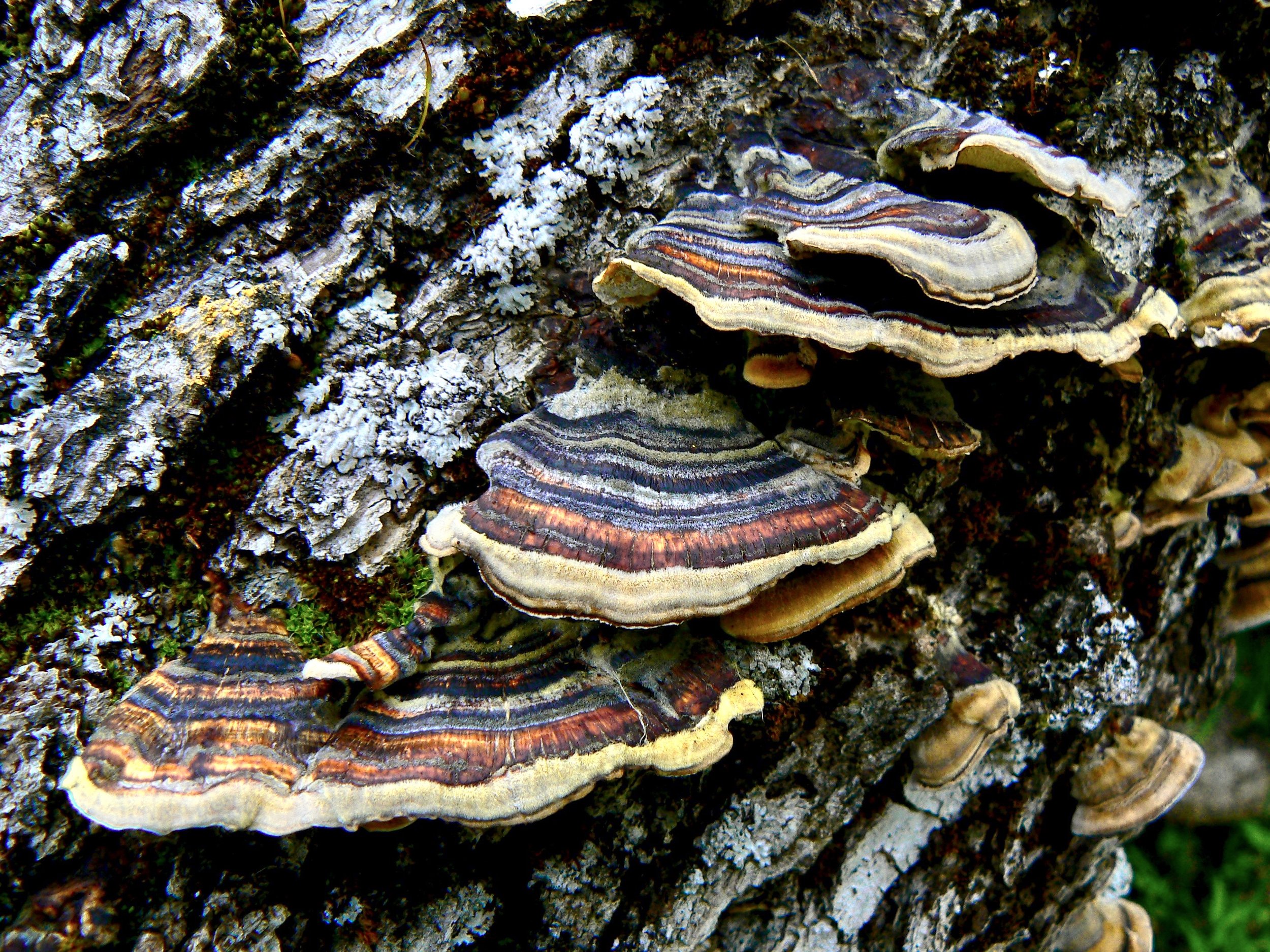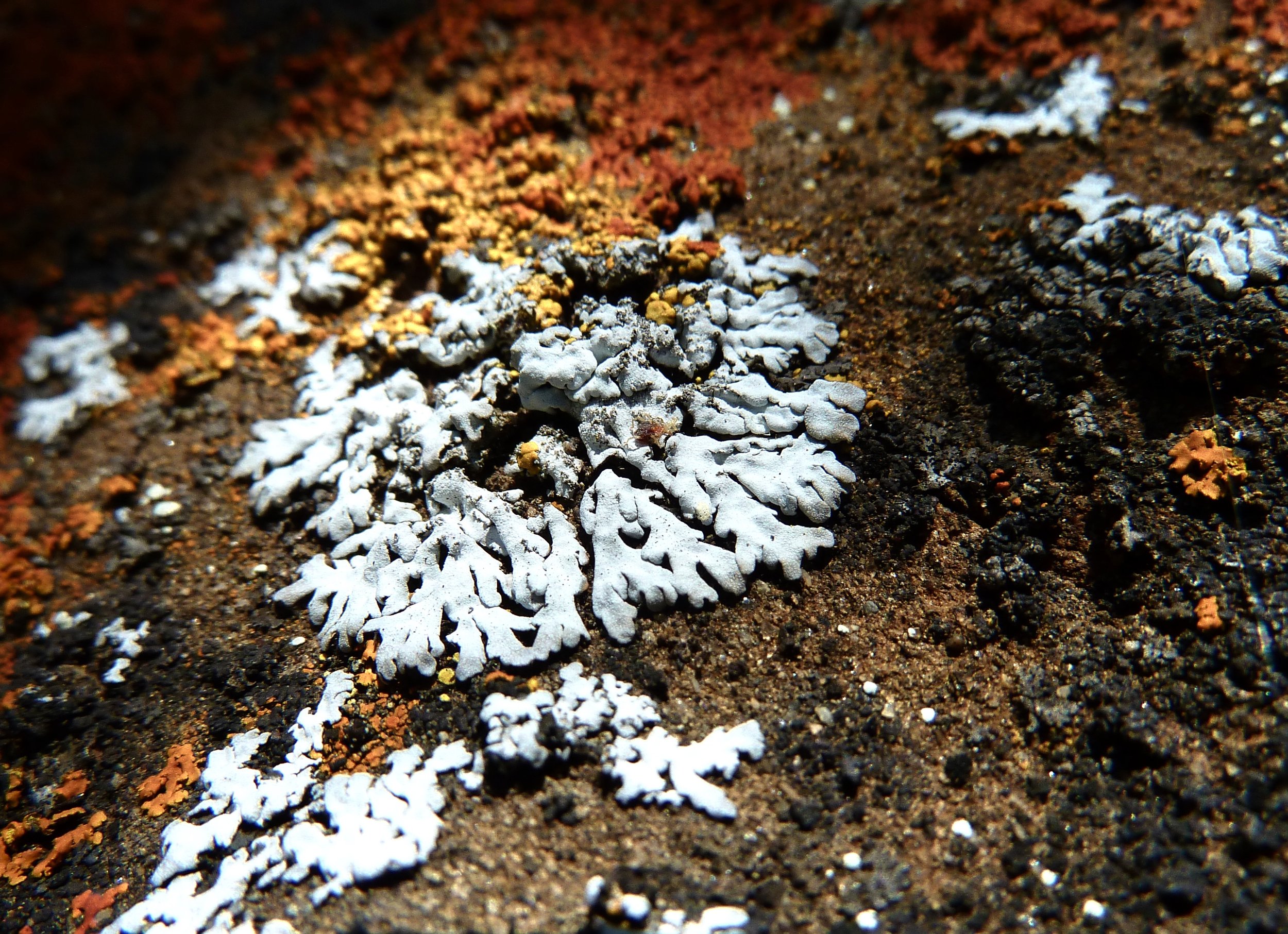Rooted in the mystery of mortality
My gnarly friend Oliphaunt.
I arrive in darkness. And when dawn breaks, I remain in darkness – a charcoal-grey fog shrouding Round Valley in December. As impending sunrise turns the shroud from charcoal to ash, skeletons appear: the bony arms and fingers of trees. Most are dormant, lost in dreams of burgundy buds and emerald leaves.
But some of the skeletons sleep the sleep of death: trees decimated by disease or blasted by lightning. My gnarly friends. Anchored in the landscape like historical markers, Oliphaunt and Samurai wait with wry detachment as I trudge Round Valley’s hills to pay my respects. I go out of my way on Coyote Ridge to check on the progress of Alien’s decomposition. Long ago the twisted intimate I call Knight (à la chess piece) lost his snout to the force of gravity.
Dead trees provide more than habitat for lichens, mosses and lizards; they provide companionship amid the solitude of the trail. Make no mistake: the solitude is good. On the trail I escape the noise of communal life and enter, as Thomas Mann put it, the “mental experiences that are at once more intense and less articulate than those of a gregarious man.” Gregariousness can be jarring. Who wants to hear campers and hikers hootin’ and hollerin’ in the placid grandeur of Murphy Meadow, or on Mt. Diablo’s Prospector’s Gap overlooking the mist-flooded hollows of Morgan Territory in the pale violet of dawn? No, the silence of trees – even dead ones – makes good company.
A quartet of gnarly friends, clockwise from upper left: Knight, Alien, E.T. and Pentipede.
My first encounter with a gnarly friend occurred on a creepy moonlit night at Kettle Moraine, Wisconsin in the ’80s. I dubbed the gnarly one Smaug. A 60-foot pin oak, Smaug had toppled parallel to a path snaking through a dark ravine and been smithied by years of wind, ice and rot into a giant reptile. Under the extreme contrast of moonlight and shadow, Smaug’s sunken eye sockets and uncannily symmetric ears – two broken limbs angling off the trunk – stopped me in my tracks.
But whether in darkness or the light of day, the image of a dead tree touches a nerve. It’s a statue on exhibit, yet unlike the statues fashioned by human hands, it was once alive. The trail becomes a graveyard where the bones of the departed aren’t buried but put on display.
A dead tree is disturbing in another way: trees represent the gold standard of longevity. From its vista atop the White Mountains of California’s Inyo National Forest, a bristlecone pine named Methuselah has felt the rain lash and the wind scour its branches, has watched impassively as the winter stars inched overhead, for more than 4,000 years. Some trees will go on living into the next Ice Age, long after the human race has abandoned the planet. Or vice versa.
Yet all trees, like the creatures we imagine they mimic, are mortal. Their transfiguration might take a century to complete, but the end is the same for all organic creatures. Today we marvel at the fluky artistry that fashions a monster out of dead wood. In a decade the nutrient cycle, aided by weather’s dull chisel, will have sculpted the finely etched carcass into something that reminds us of nothing. In a century even the wood will be gone, digested like flesh into the shrewd economy of Earth. How readily in this voracious universe does food for thought become food for worms.
A blue oak can live up to 400 years. On Round Valley’s topmost hill stands a blue oak I call Old One. Her trunk, bent by centuries of prevailing northwest wind, points toward the winter sunrise. Her canopy forms a perfect umbrella of limbs reducing fractally to twigs. Whenever I arrive at my summit sanctuary I lay my pole and pack on lichen-spattered boulders, walk up to Old One and say hello. I place my palm on her trunk, hoping to sense a pulse measured not in seconds but years.
Old One greets winter sunrise atop Round Valley Regional Preserve.
“A tree says: ‘My strength is trust,’” wrote Herman Hesse. “‘I know nothing of my fathers, I know nothing of the thousand children that every year spring from me. I live out the secret of my seed to the utmost end, and I care for nothing else. I trust that God is in me. I trust that my labor is holy. Out of this trust I live.’”
Though located on a remote hill, Old One has doubtless been admired by many hikers. I’ve no proprietary claim on her. But some day, as my ashes are absorbed into her roots and partake of her holy labor, she will care for me in a special way. For now, while she lives, I’m grateful to accept her shelter from the wind as we bend together toward the winter sunrise. Arriving in darkness; departing in light.









